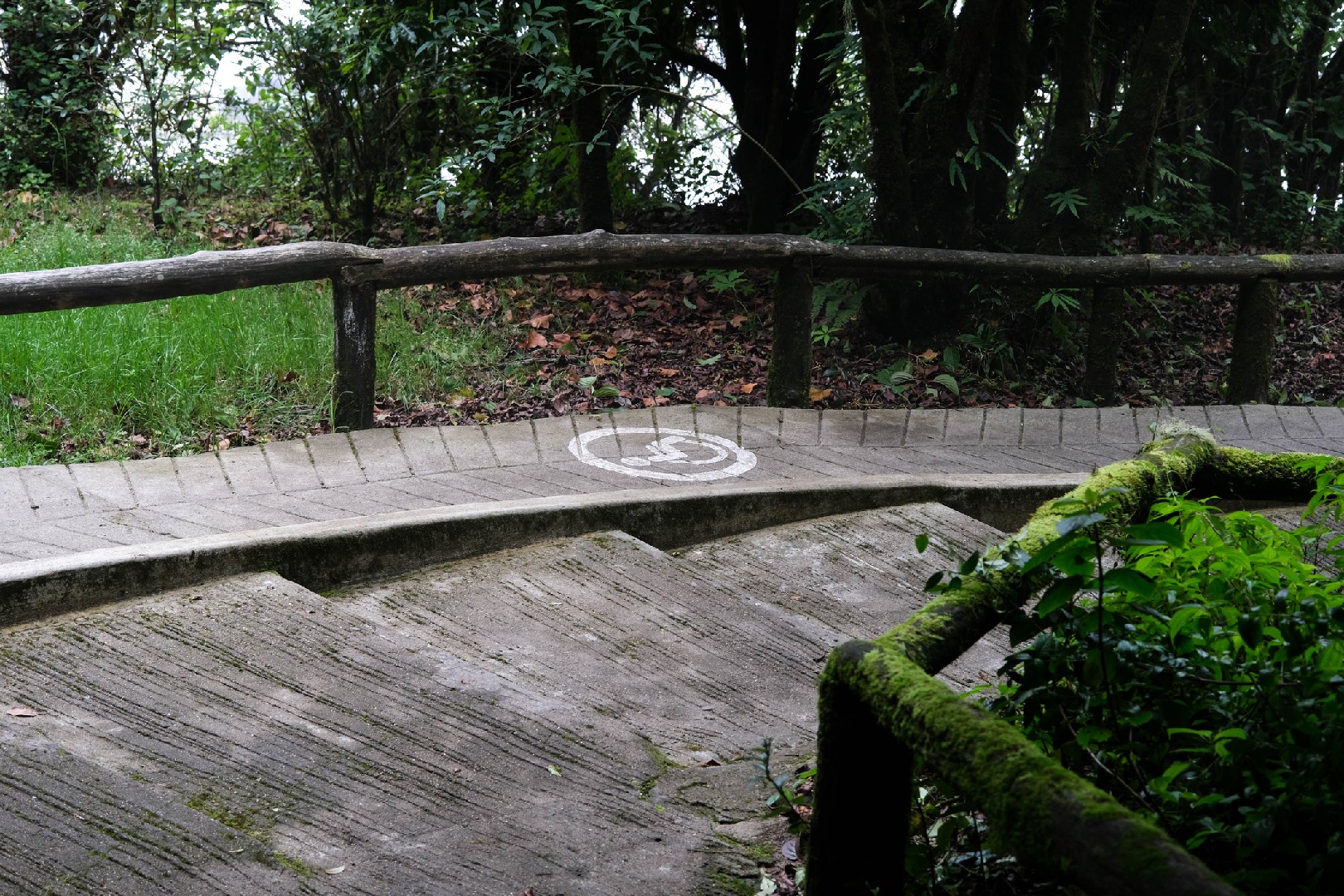![Rectangle]()
Elements of Accessible Garden Design
Creating an accessible garden involves understanding how accessibility plays a vital role in garden design. By implementing inclusive design principles, you can ensure that individuals of all abilities can enjoy and navigate the garden with ease.
One of the key elements of an accessible garden is the importance of structure. Wheelchair-friendly pathways are essential for individuals with mobility impairments. These pathways should be wide enough to accommodate wheelchairs and have a smooth surface to prevent tripping hazards. It's also important to ensure that the pathways have a gentle slope to allow for easy navigation.
In addition to wheelchair-friendly pathways, raised flower beds are a great addition to an accessible garden. They not only add visual interest but also provide easy access for individuals in wheelchairs or those who have difficulty bending down. Raised flower beds can be built using materials such as wood or concrete blocks, and they should be at a height that allows for comfortable gardening from a seated position.
Comfortable seating is another vital element of an accessible garden. Providing benches or chairs throughout the garden allows individuals to take breaks, relax, and enjoy the surroundings. The seating should be sturdy, stable, and have armrests to assist with getting up and down. Adding cushions or pillows can also enhance comfort.
When designing an accessible garden, it's important to incorporate elements that cater to all senses. For residents and visitors with sensory impairments, incorporating sensory elements becomes crucial. Adding fragrant plants, wind chimes, and textured plants can engage the sense of smell, sound, and touch. Including plants with vibrant colors can also appeal to the sense of sight.
Furthermore, providing accessible gardening tools and techniques can empower individuals with disabilities to actively participate in gardening. Tools with ergonomic handles, raised planters, and adaptive gardening techniques can make gardening more accessible and enjoyable for everyone.
To ensure an inclusive garden design, it is also important to consult with individuals with disabilities, such as wheelchair users or those with sensory impairments. Their firsthand experience and insights can provide valuable perspectives and ideas for designing an accessible garden.
In conclusion, creating an accessible garden involves incorporating elements such as wheelchair-friendly pathways, raised flower beds, comfortable seating, and sensory elements. By considering the needs of individuals with disabilities and implementing inclusive design principles, you can create a green space that is welcoming to all. So, why not start designing an accessible garden today and create a beautiful space that can be enjoyed by everyone?





